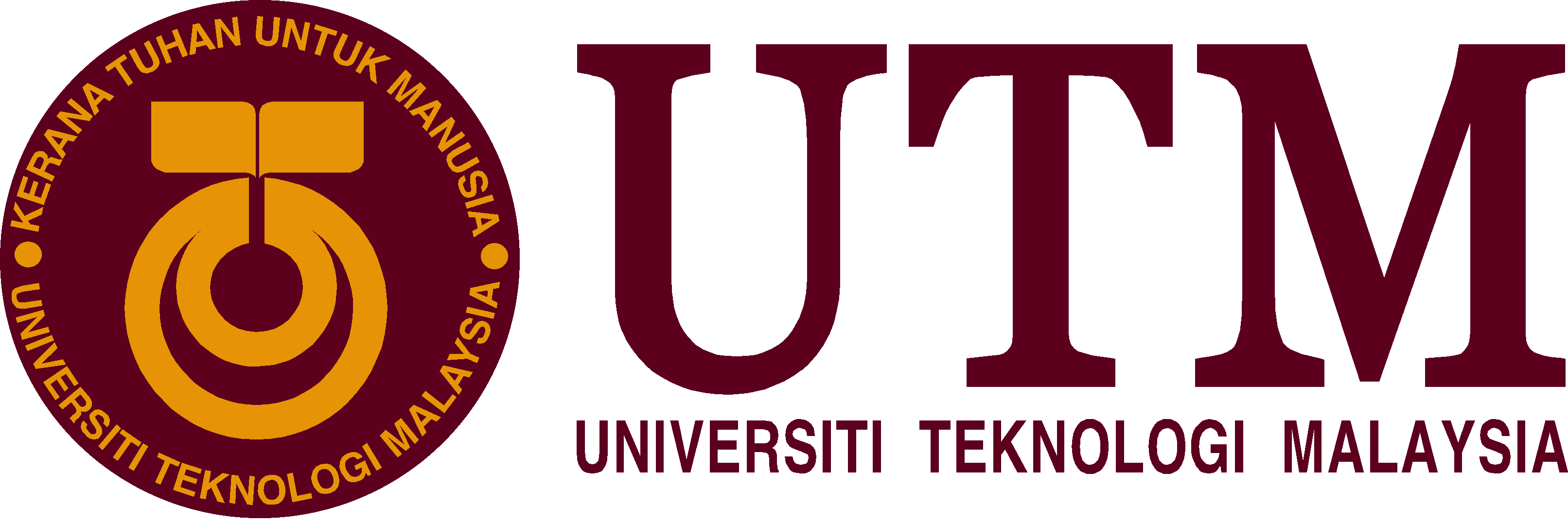“The event is open to the public. All are welcome to attend.”
Sharing Session
Dr. Hendra Hermawan, Université Laval, Québec, Canada
Date : 20 July 2016 (Wednesday)
Time : 3.00 pm – 5.00 pm
Venue : Meeting Room, N31, Centre for Sustainable Nanomaterials (CSNano), Ibnu Sina Institute for Scientific and Industrial Research, Universiti Teknologi Malaysia, Skudai, Johor Bahru [google map]
 |
Download a copy of the presentation here (~4MB). |

Hendra Hermawan studied materials engineering at BS (1999), MS (2002) and PhD (2009) levels in Indonesia and Canada, and received a professional recognition as Chartered Engineer from the Engineering Council in UK (2013). He was professionally trained in cathodic protection with NACE CP-2 certification (2013) and electrochemical impedance spectroscopy (2016). After gaining postdoctoral experience in a collaborative research project with a Spain-based medical company (2009-2010), he started his independent research career as Senior Lecturer at University of Technology of Malaysia (2010-2014). Since September 2014, he is Assistant Professor at the Dept. of Mining, Metallurgical and Materials Engineering, Université Laval and Researcher at the Axis of Regenerative Medicine, CHU de Quebec Research Center. His research interest revolves around biomaterials, corrosion, and biodegradable metals for biomedical applications. Based on Web of Science citation metrics, he has published >30 papers, received >600 citations with h-index 11. Among his recent publications include a book on Biomaterials and Medical Devices published by Springer and a paper on porous biodegradable metals published in Nature’s Scientific Report. He serves as associate editor at Journal of Healthcare Engineering and editorial board member at Journal of Orthopaedic Translation (Elsevier). More information: https://sites.google.com/site/hendrahermawan
Part 1: Université Laval (UL)
In this part, I will bring you to virtually visit UL and the city of Québec where an original French culture has been well preserved over 400 years. We have three academic sessions/year: winter, summer and autumn. Teaching is given in French but everyone also speaks English. This public university offers >350 programmes to >38,000 students. It attracts >2,500 foreign students annually. Most of advanced research facilities are located in affiliated centers outside its main campus, including in five hospitals under the CHU de Québec network. Medical research is one of the leading expertise of UL apart of optic/photonic and arctic research. I will also share about academic challenges in Canada starting from getting a professorship post, securing research funding, recruiting students, creating network and collaboration till career development. It may also interesting to look at how the university manages research activity, helps researchers to get external funding and supports their postgraduate students with a generous financial program. And not to forget about research collaboration UL-UTM.

Main campus of Université Laval: http://www.ulaval.ca
Part 2: Metallic biomaterials from inert to biodegradable
In 2nd part let’s talk about biomaterials, materials used in medicine such for making surgical implants. By chemical composition, they range from metals, polymers, ceramics till composites. Application wise, they are used in orthopaedic, cardiovascular and dentistry for replacing or augmenting the function of body part. Up to now, metals constitute more than 70% of biomaterials used in all range of applications [Ref1]. Corrosion resistant metals such as stainless steel 316L, titanium and its alloys and cobalt-chromium alloys have been dominating metallic biomaterials since decades. Nowadays, metallic biomaterials evolve from being merely inert to become bioactive. They are coated with polymers to improve haemocompatibility or with ceramics for better osseoinductivity. Quite recently, metals are proposed for making temporary implants thus they must be biodegradable. Biodegradable metals have the potential to revolutionize the current and future healthcare products [Ref2]. There are at least three companies have launched their commercial products (Fig. 1).

Fig. 1: a) Korean K-Met headless screw, b) German Syntellix compression screw, and c) German Biotronik coronary stent.
To facilitate a more fruitful discussion, a brief introduction to metallic biomaterials can be read here: http://iomm.org.my/materials-mind/scientific-article-3-introduction-to-metals-for-medical-devices
